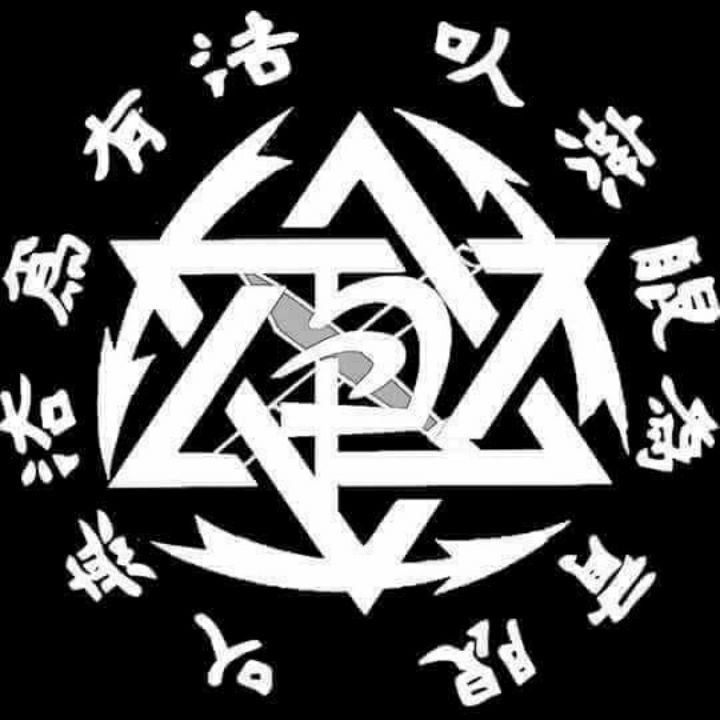The Integral Role of Kali in the Evolution of Jeet Kune Do
- Sifu Jeramiah Giehl

- Jul 6, 2024
- 2 min read
The evolution of Jeet Kune Do (JKD) has been a subject of recent speculation and debate within martial arts circles. While delving into the intricacies of JKD itself is beyond the scope of this discussion, it is essential to dispel a particular misconception concerning the role of Kali in the evolution of Bruce Lee's revolutionary martial art.
Bruce Lee's initial martial arts foundation was Wing Chun, and as he encountered limitations within this system, he embarked on a journey to explore the principles, concepts, and techniques of various martial arts. This investigative process became the very essence of JKD—a philosophy focused on absorbing what is useful, rejecting what is useless, and adding what is specifically one's own.
In 1964, Dan Inosanto entered the scene, meeting Bruce Lee for the first time. Already holding black belts in multiple arts and boasting exceptional athleticism, Inosanto's encounter with Bruce Lee transformed him into Lee's student. Over the ensuing nine years, the duo engaged in an exhaustive exploration and synthesis of numerous martial arts and philosophies, molding the foundation of Jeet Kune Do.
Their journey involved blending well-known arts like Western boxing with more esoteric styles such as Drunken Monkey, Chin Na, and Bak Mei Pai. Approximately 26 different styles contributed to the overall synthesis of JKD. Only three of Bruce Lee's highly skilled students—James Lee, Ted Wong, and Dan Inosanto—earned the privilege to teach Jeet Kune Do, emphasizing the exclusivity and authenticity of the art.
After Bruce Lee's passing in 1973, Dan Inosanto, as Bruce's protege, continued to refine and cultivate the original process of developing Jeet Kune Do. Contrary to certain assertions, this evolution was neither static nor stagnant; it remained dynamic, true to Bruce Lee's vision. Inosanto's contributions significantly enhanced JKD's efficiency, a sentiment acknowledged by those who objectively compare the differences.
Critics have suggested that the integration of Kali, often referred to as the 27th art, diluted the essence of Jeet Kune Do. However, such claims are dismissed as absurd by those familiar with the philosophy of JKD. The idea that adding another functional aspect to an art form could diminish its effectiveness is refuted with a straightforward analogy: Did art number 13 dilute art number 12? Did art number 25 dilute art number 24? The resounding answer is clear—each addition enhances the richness and versatility of Jeet Kune Do, aligning with its core philosophy of constant evolution and adaptation.

Comments